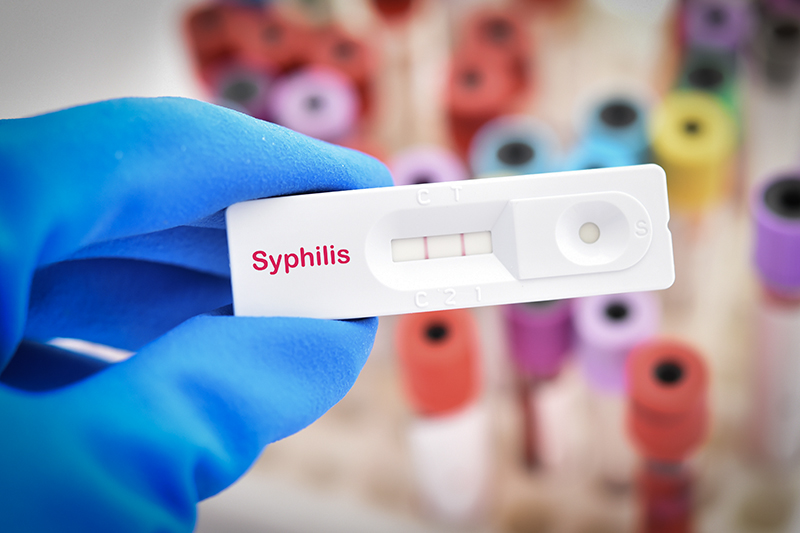Carb-Cycling: The Best of Both Worlds
Carbohydrates are your body’s go-to source for energy. That’s the generally accepted knowledge on carbs, but it goes much further than that. Many won’t mention, or even know about carbohydrates’ role in regulating blood glucose, sparing protein use for energy, or the breakdown of fatty acids. When you take a look at the entire set of functions, it’s hard to recommend anyone cut them out of their diet completely.

Low-carb diets have become quite the golden child of diet changes in recent years: Atkins, South Beach, Keto, and so on. They’re effective in cutting down the body fat. Eating low-carb means you’re adding calories through another macro-nutrient. Typically, that macro-nutrient is protein. Protein has long been heralded as the most satiating nutrient in our food. Simply put, the more protein you eat, the less hungry you’ll feel. However, those diets can cause some pretty serious drawbacks that make sticking to them very difficult. Lethargy can be a deal killer for many people. Attempting to condition your body to use fat instead of carbohydrates to power your machine requires that you keep the main energy source of your body to a bare minimum. Over the first several weeks this typically leads to some pretty intense headaches, general fatigue, and a small decline in performance — usually enough for someone to dismiss the diets themselves and move onto the next one.
So, what’s the answer? Can we have both the benefits of low-carb diets without the drawback of being completely drained and devoid of energy? Well, almost, through a technique known as carb cycling. Carb cycling combines the best of both worlds, a protocol that has you spending either a large portion of a day, entire days, or even weeks abstaining from carbs. You can’t stay away from them altogether because carbs are found in all foods, but the goal is typically to stay under 30 to 40 grams. After your downcycle you begin a “carb load”, in which you eat nearly quadruple the amount of carbs you were eating originally. It’s preferred if these come in the form of whole wheat breads and fruits, but for the most part any carb source will do.
The benefit of this is the fat-burning of low carb diets stays intact with portions of times in a burning cycle. However, at the end of the cycle, and before fatigue starts conquering your willpower, you get to fuel your body with enough carbohydrates to keep it operating optimally.
A sample day for a daily carb cycle would be working out either in the morning or, optimally, mid-afternoon. You would consume 20 to 30 grams of carbs throughout the day, and after your mid-afternoon workout, or at dinner time, load the carbs, eating up to 100 grams in that sitting. Try it out for a week, and let us know how your performance inside and outside of the gym is.
Support Metro Weekly’s Journalism
These are challenging times for news organizations. And yet it’s crucial we stay active and provide vital resources and information to both our local readers and the world. So won’t you please take a moment and consider supporting Metro Weekly with a membership? For as little as $5 a month, you can help ensure Metro Weekly magazine and MetroWeekly.com remain free, viable resources as we provide the best, most diverse, culturally-resonant LGBTQ coverage in both the D.C. region and around the world. Memberships come with exclusive perks and discounts, your own personal digital delivery of each week’s magazine (and an archive), access to our Member's Lounge when it launches this fall, and exclusive members-only items like Metro Weekly Membership Mugs and Tote Bags! Check out all our membership levels here and please join us today!




















